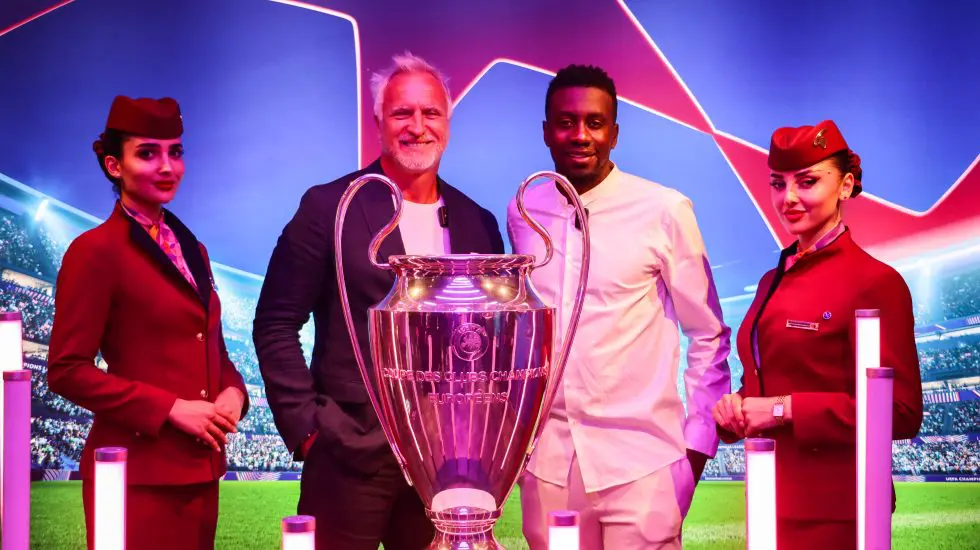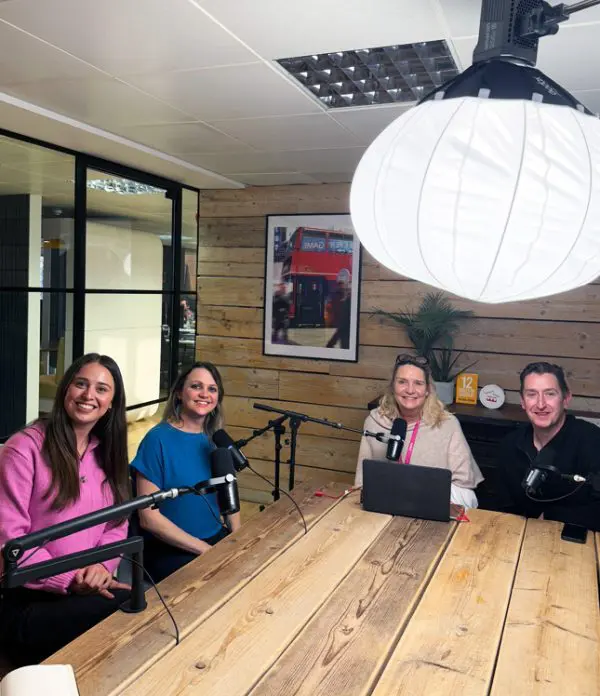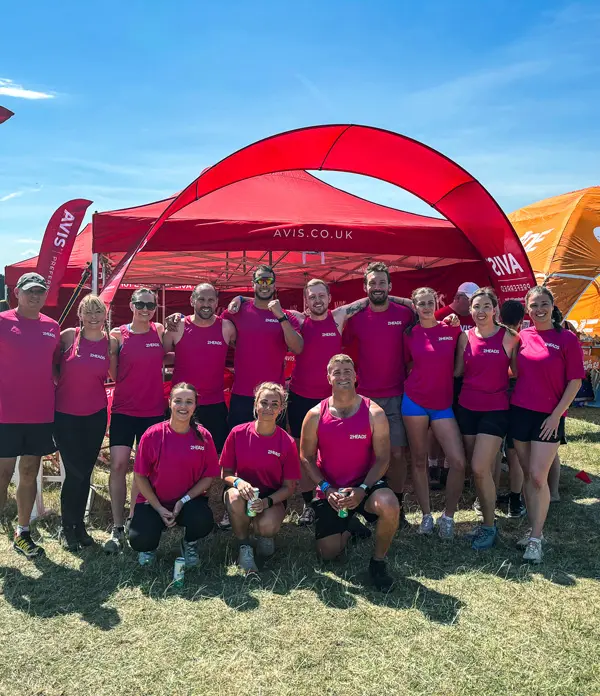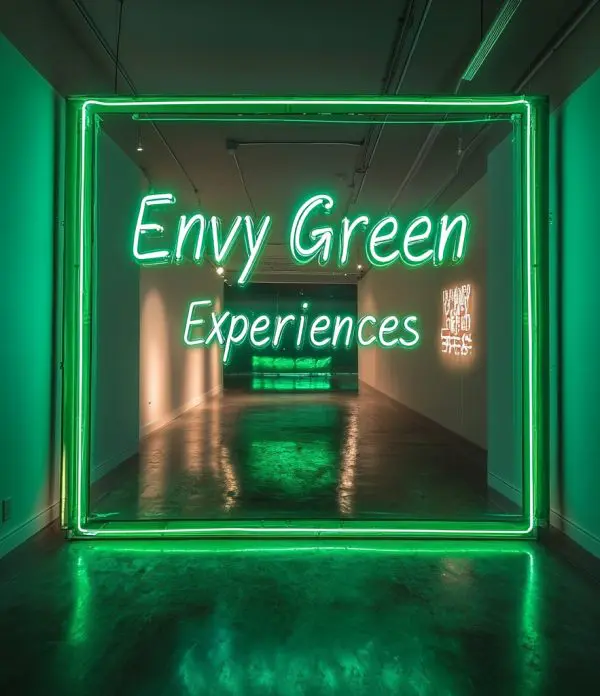
Paris Air Show, Powered by Innovation
At one of the world’s biggest airshows, cutting through the noise means going beyond the static and the expected. This year, 2Heads partnered with Airbus and Qatar Airways to deliver two immersive experiences each one crafted to tell a unique story and spark meaningful engagement.

2Heads Talks | MONTREAL Roundtable
Exploring Experiential Marketing in Montreal, Nadine Susel (VP, Canada), Rob Lynch (Project Manager), and Dom Lehoux (Design Director) reflect on storytelling, authenticity, and why intention drives everything we do.

2Heads Talks | SOS Roundtable
Join Pippa Laxton, Account Director, Lisa Hill, Creative Director, Bertie Ager, Strategy Director and Libby Penny, Project Manager for a lively roundtable exploring sustainability in events.

Moments in May: A Month of Brand Experiences
2Heads have been busy delivering exceptional brand experiences globally for the month of May. Here's a roundup of what we got up to.

Zero Hour for Experiential Marketing
2Heads explore how storytelling can transform experiential marketing into a more sustainable practice creating unforgettable moments that leave a lasting, meaningful impact.